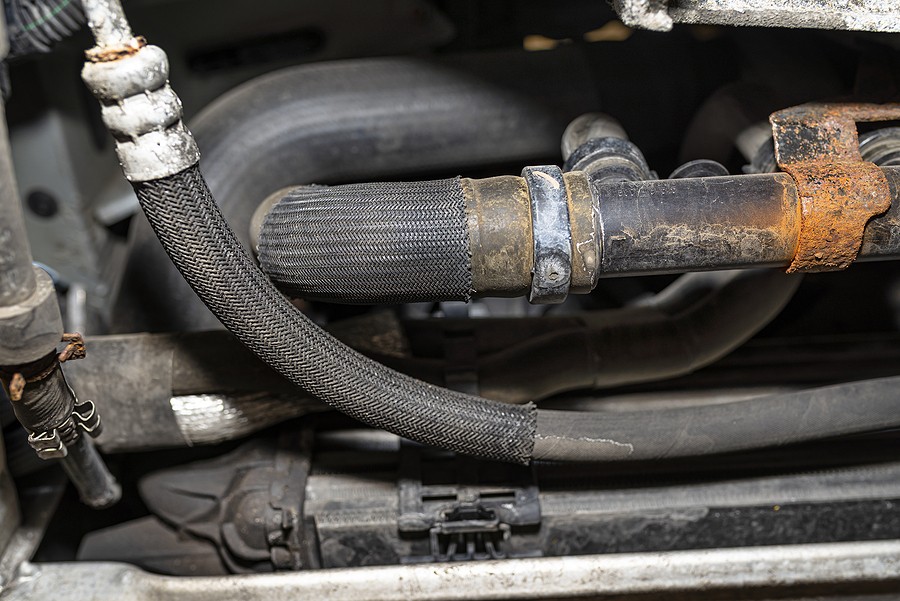If you're searching for “how to know if the radiator hose is bad,” below are the most common symptoms:
- Visible cracks and leaks
- Soft and spongy texture
- Bulging or swelling
- Low coolant level
- Engine overheating
The cooling system plays a significant role in maintaining the engine temperature. If it's not working properly, the engine can overheat, leading to significant damage.
Every component within the cooling system must operate properly. Otherwise, I can deal with all sorts of problems, even if the component is minor. For example, a bad radiator hose can lead to severe issues in your vehicle if left unrepaired.
This article helps us with the question, “How do we know if the radiator hose is bad?” And highlight the five common symptoms of a bad radiator hose and recommendations for diagnosis and repairs.
What is the radiator hose, and what does it do?
Before we dive into the details of your question, “How to know if the radiator hose is bad,” it is essential that you understand the purpose of this radiator hose and how critical it is to maintain its health.
The radiator hose is a flexible tube connecting the radiator and the engine. Its main responsibility is allowing coolant to run freely between the two components so the engine does not exceed the maximum temperature.
A damaged radiator hose can easily lead to severe engine damage, which might cost you the entire engine, if not the vehicle. Therefore, it is critical that you understand what needs to be done when this hose gets bad, and you also need to address the problem before things get very complicated.
How do you know if the radiator hose is bad? The main symptoms
One of the easiest ways to determine whether you have a bad radiator hose is by monitoring for the most common symptoms. Automotive experts understand how critical the problem is, and that's why they put together the following lists of the five most common symptoms of a damaged radiator hose:
1- Visible cracks and leaks
One thing you could do is to track the radiator hose and look for any potential visible cracks or leaks. This could help you identify early problems in the radiator hose before things get complicated and your engine gets impacted.
You can refer to your vehicle owner's manual if you don't know where this radiator hose is located. It should serve as a road map that could help you identify all the components and where they're located based on your vehicle's make, model, and year.
It is essential to know that you should not work or touch the cooling system components unless your vehicle is completely cooled down. In other words, the vehicle takes about 30 minutes to one hour to cool down completely. Otherwise, there are very high chances of getting burned.
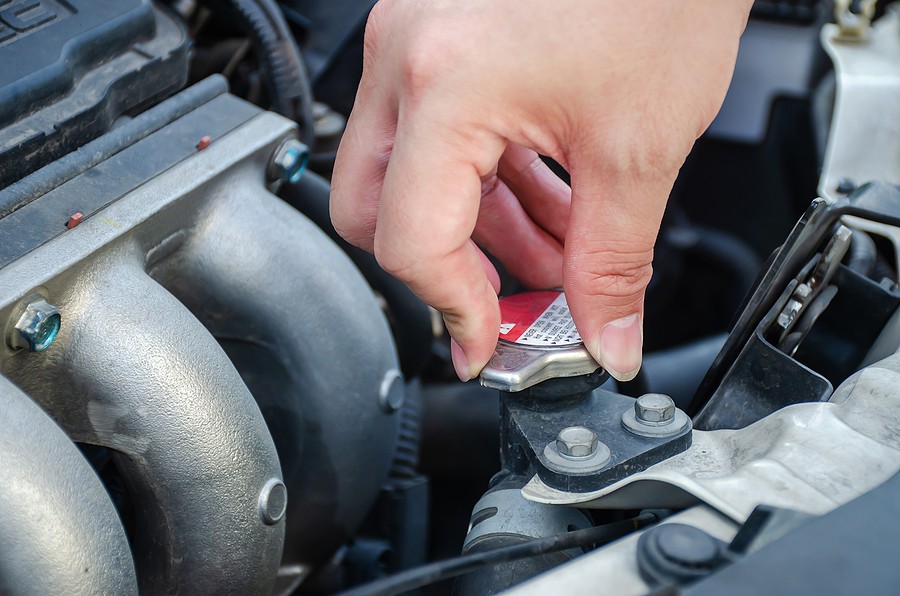
2- Soft and spongy texture
Another thing you could do is to check for the texture of this hose. If you feel that it's very spongy or soft, that should not be the case and could indicate early signs of damage to the radiator hose.
Therefore, if you experience any of these feelings, you must check with your mechanic and have him replace the hose as soon as possible before it gets completely damaged or starts leaking coolant.

3- Bulging or swelling
If you realize that the hose is inconsistent in terms of texture and there are some areas where you notice bulging or swelling, that might be another indication that the hose needs to be replaced.
The holes must be straight and should not include weird areas where things are clogged or swollen. Therefore, whenever you notice these issues, it's important to discuss them with your mechanic and have him check if the problem is severe or if it's time to replace the hose.
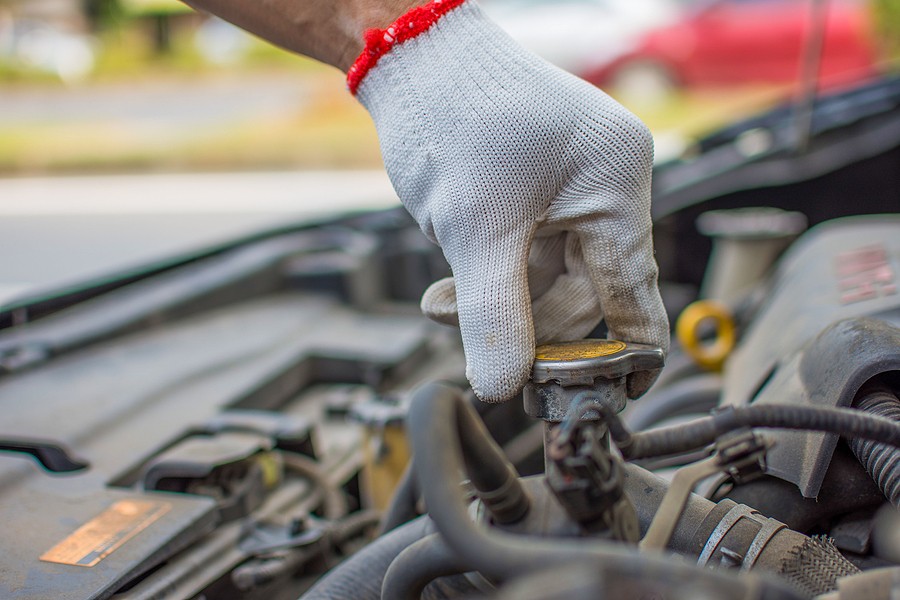
4- Low coolant level
If you ignore the host problem for longer, it's unsurprising to start dealing with low coolant level pure. This is because if the hose is cracked, the cones will start seeping through and dropping.
Depending on how long you've been dealing with this problem, you might get to a point where your vehicle starts complaining about further problems that might put your car at risk. Therefore, you must check the coolant level between now and then to see if it dropped below the minimum point.
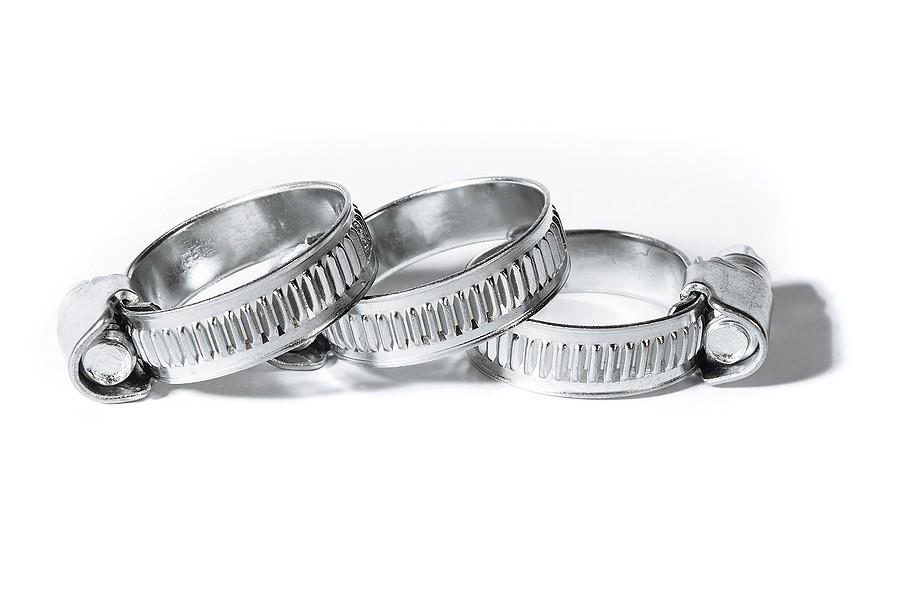
5- Engine overheating
Finally, ignoring a damaged or pre-damaged radiator hose can easily lead to further problems, including engine overheating. The last thing you want to deal with as a car owner is when your engine overheats.
Engine overheating can easily lead to severe damage that might result in replacing the entire engine. This can be a significant repair, and many people might give up on their cars and request to sell them as is.
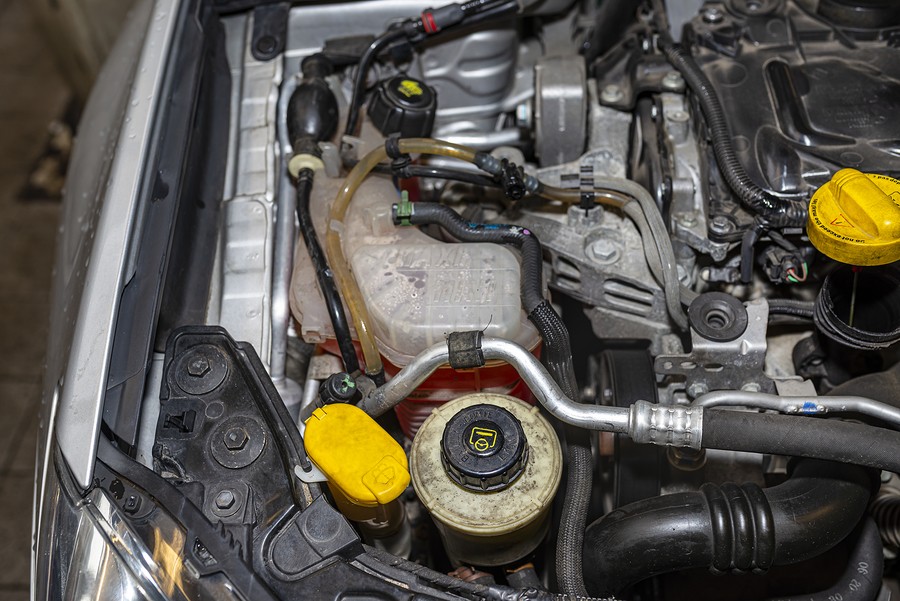
How to inspect and replace a bad radiator hose?
If you checked for the mentioned symptoms and realized that you already ate or the hose is potentially damaged, you must confirm the issue and replace it if you have the right tools and skills.
Bad radiator hose diagnosis
To diagnose whether you have a bad radiator hose or not, you need to follow these steps:
- Start with safety precautions and allow your vehicle to cool down for at least 30 minutes to one hour to ensure that your cooling system is cooled down properly
- Pop up the hood and find the radiator hose by referring to your vehicle owner's manual
- Perform a visual inspection and look for signs like a spongy radiator hose or any potential cracks or leaks
- Move through the following step to replace the radiator hose if you confirm that it's damaged
Bad radiator hose replacement
If you confirm that you're ready at our house and need replacement, the next step is to go ahead and replace the sling so that you have the right tools and skills. Otherwise, you might want to leave it to professionals.
The following list summarizes a step-by-step process to help you replace a bad radiator hose:
- Prepare the necessary tools, including a radiator hose, screwdriver, drain pan, coolant, hose clamps, safety goggles and gloves, and wrenches
- Drain the coolant after making sure that your vehicle is completely cooled down
- Disconnect the damaged hoses by listening to them using hose clamps or fasteners
- Install the new hoses and secure them properly
- Refill the coolant using the proper coolant that fits your vehicle based on your vehicle owner's manual
- Inspects for any potential leaks from around the connections
- Confirm any strange irregularities in coolant flows
- Give your vehicle a test drive
If, after you perform these replacements, you notice that your vehicle is still suffering from some problems, it might be another issue that your vehicle needs to be checked for, and it could be that you did something wrong throughout the process. Therefore, it could be the perfect time to check with your mechanic and have him complete the process or address any issues.
In general, alternative experts recommend leaving most of these repairs to professionals, especially if you're not an experienced mechanic and haven't done it before. This way, you don't introduce problems like mistakes that could cost you a lot of money on repairs.

How much does it cost to replace a bad radiator hose?
Replacing a bad radar hose is not a very expensive repair, but it depends heavily on what approach you decide to go with. For example, if you choose a DIY, you shouldn't pay more than $50. However, if you decide to go to Omega, sometimes repair costs can go up to $150.

How do you know if the radiator hose is bad? Final Thoughts
The radiator hose is a very minor component within your cooling system. However, if it goes bad, it can easily cause severe troubles that might cost you the engine and the entire vehicle.
As we indicated in this article, there are five common symptoms that you should watch for to identify whether your radiator hose is in bad shape or not. If you notice any of the symptoms, consult your mechanic and have him replace the faulty component.
As we mentioned, the radiator hose can lead to severe damage if ignored for a longer time; if you feel your car is suffering from severe issues like engine overheating, it might be the perfect time to sell this car and buy a better one.
Are you looking for someone to buy your car with its problems? Call Cash Cars Buyer at 773-791-4363.
If you're interested in similar posts, we highly encourage you to visit our blog by clicking here.

